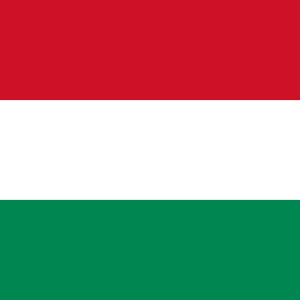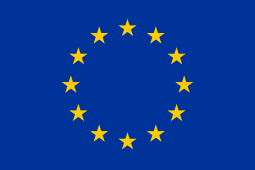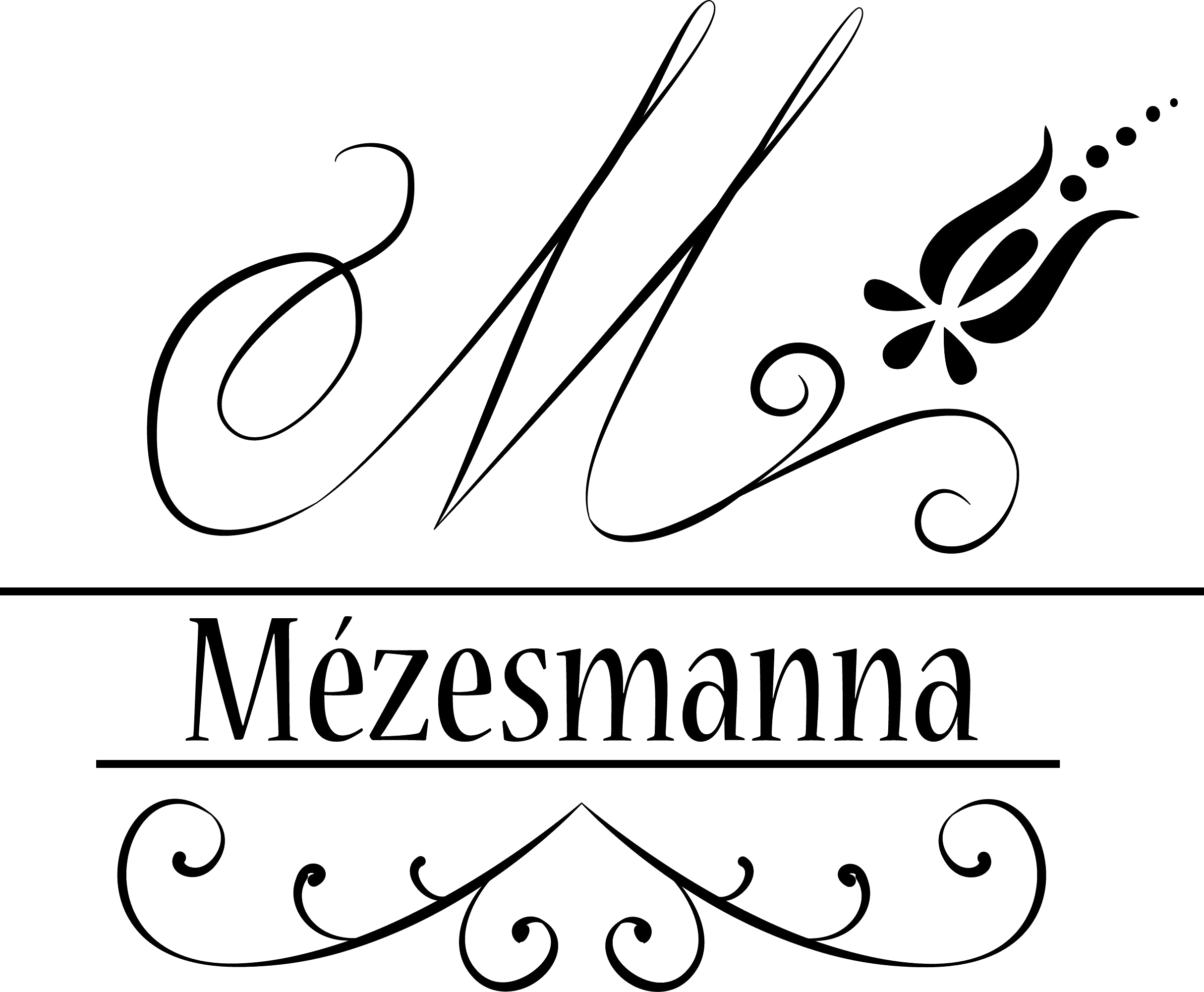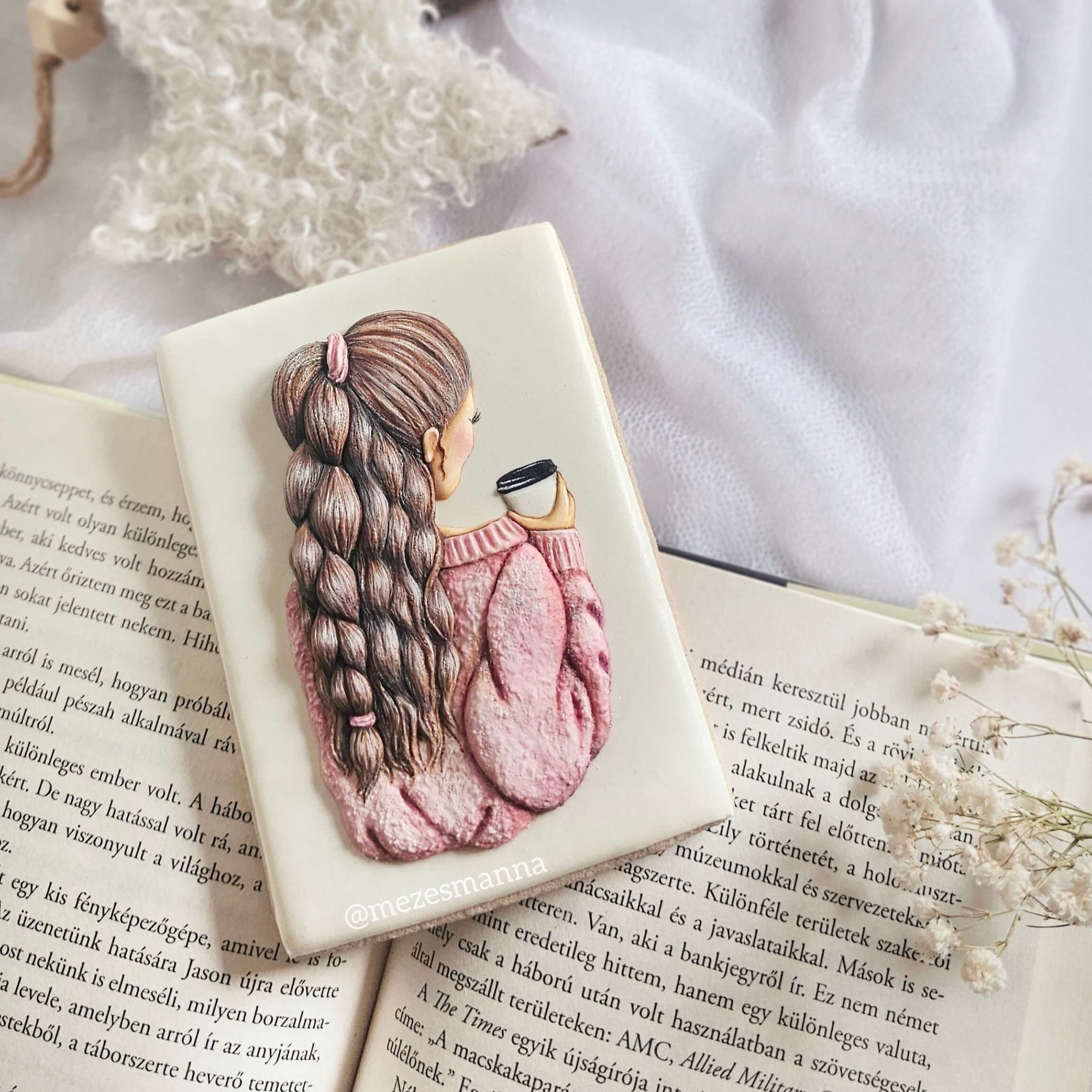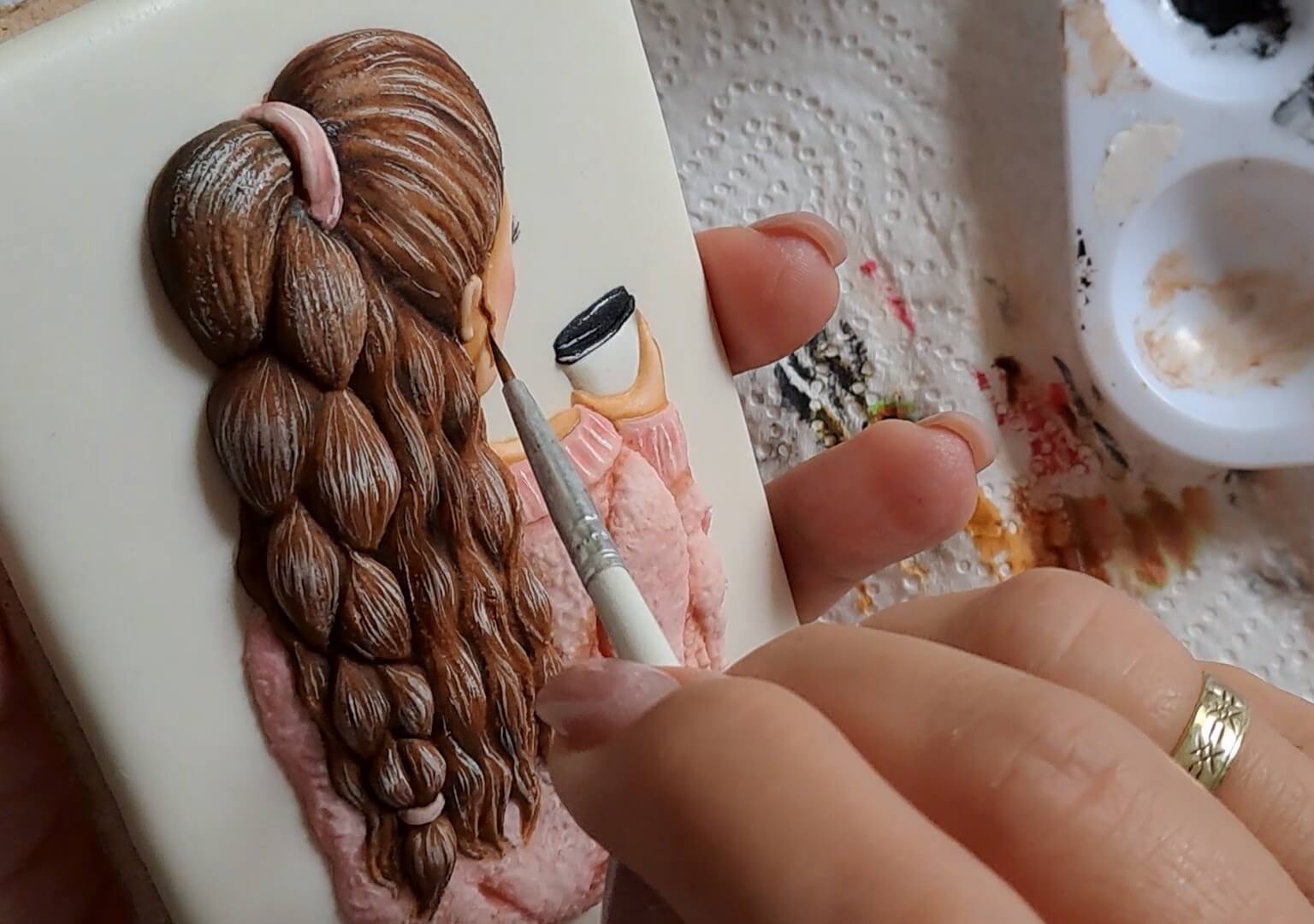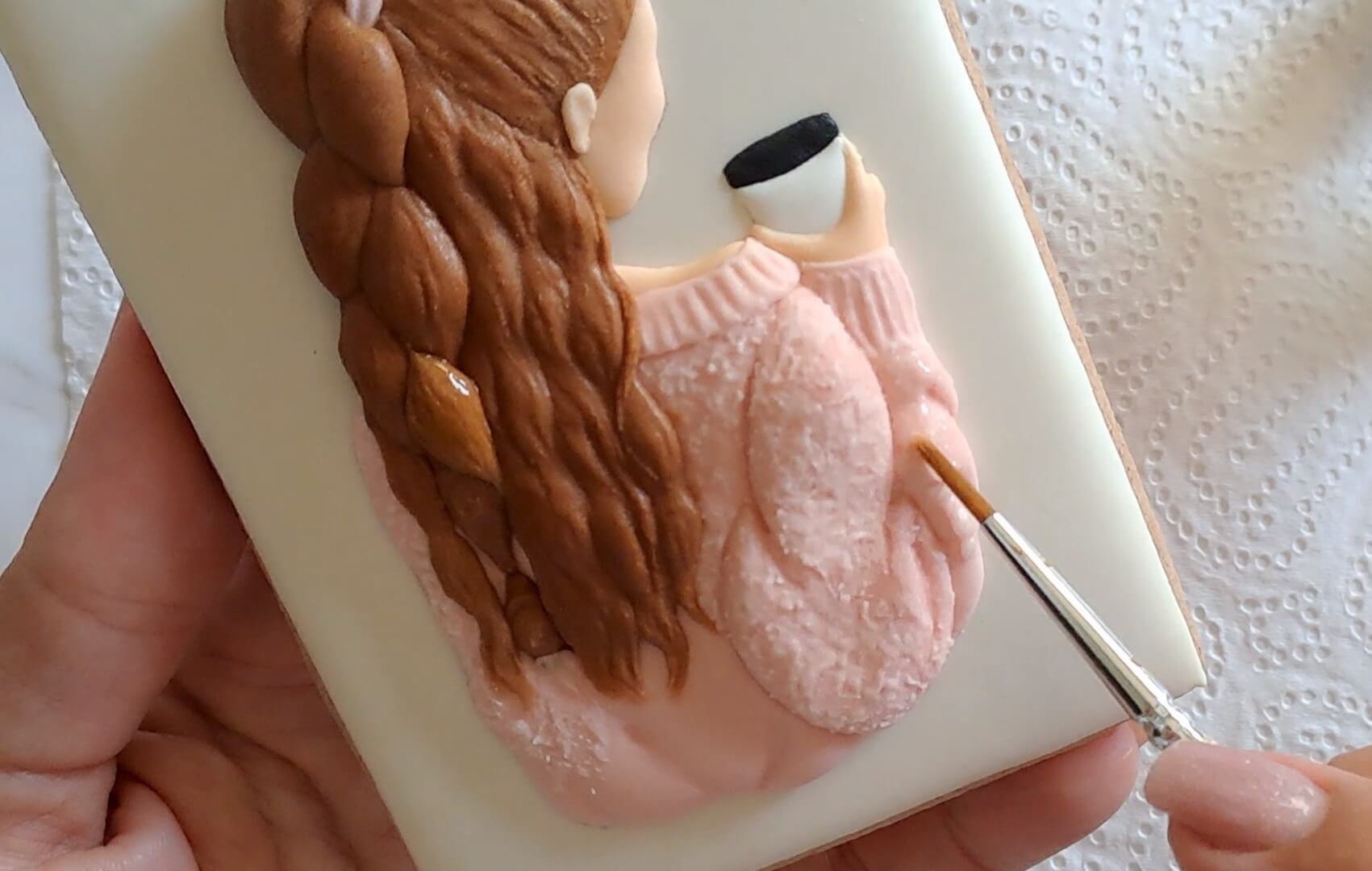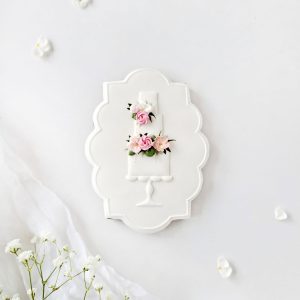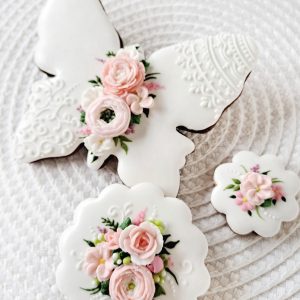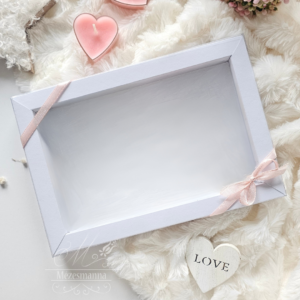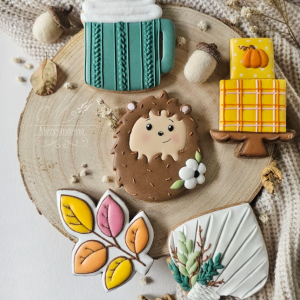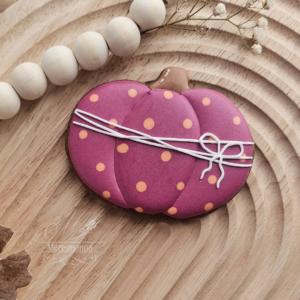3D girl gingerbread decoration
64.990 Ft
Tired of traditional gingerbread decorating techniques?
Stay with me and learn some new and challenging methods for artistic gingerbread!
Come and join the online course, where I will show you the “secrets” of the 3D spatial technique. With my help, you can make this gingerbread girl with braided hair.
With the help of Mézesmanna, you can learn a really creative and impressive technique for the unique preparation of gingerbread.
The 3D technique is for you:
- If you like to improve yourself
- If you are willing to pay the “price” for this, you practice persistently
- If you are not afraid of work, because without invested work there is no success
- If you are not afraid of failure (We didn’t learn to write, drive, count in 1-2 days, right?
- If you want to stand out of from the crowd
Inspiring experiences await you, during which you can improve not only the art of decorating gingerbread, but also your fine motor skills and even your patience.
Learning On the Go:
The most important thing is that your goal should not only be development, but also the enjoyment of the “journey” while decorating the gingerbread! After all, this is what the entire course is about, self-forgetful creation!
Out of stock
Description
3D girl gingerbread decoration – course structure
This course will show you how to make this girl with braided hair using the special 3D technique. The goal is for you to master the technique while creating a beautiful girl. The knowledge acquired during the course can also be useful in the future if you want to create something yourself using 3D technology!
Structure of the 3D girl gingerbread decoration course:
- Enthusiasm for painting
- Painting a girl through 9 lessons
- Final thoughts
That’s why you should take part in the course!
My 3D gingerbread decorating course doesn’t just show you how to decorate gingerbread. You can master a technique that raises not only the decoration of honey to a higher level, additionally creativity and self-realization! Thanks to the techniques you learn while decorating, you can express yourself in a creative way. Meanwhile, your fine motor skills develop, you practice patience, your dexterity and after all your planning skills improve. This can be a way to expand your knowledge, which you can even use during Christmas presents or birthday parties with a homemade gingerbread.
If you don’t feel that advanced yet
Do you feel that this is too much for you? Have you never decorated a gingerbread before and are you afraid to start with such a complicated pattern? Don’t worry because you don’t have to be afraid! I will help you along the way with a total of 9 lessons and approximately 4 hours of video material.
However, if you think you’d rather learn gingerbread decorating from the ground up, don’t despair, I still have a couple of courses in my arsenal that you can check out!
If you’re at a complete beginner level, the Gingerbread Decorating Course for Beginners can be a great choice! And if you’d rather buy a sugar flower course, you can choose from 3 package sizes!
- Junior sugar flower decorating champion
- Creative sugar flower decorating champion
- Extra sugar flower decorating champion
The basis of the sugar flower courses is the same: the Junior decorative sugar flower champion course. However, the bigger package you choose, the more types of flowers you can learn to make!
If you want inspiration
If you not only want to buy the course, but also get inspiration, fill yourself with a little creative energy! You can find her on YouTube as Mezesmanna, but you can also follow her on Tik-Tok!
A brief history of gingerbread
The history of gingerbread dates back several centuries and is closely linked to European cuisine. In the Middle Ages, in ancient Rome and Greece, honey was already known as a sweetener, but the gingerbread comes specifically from medieval Germany. Gingerbread was originally made by monastic nuns using honey, spices and flour, and then the recipes spread in European courts. From the 16th century, it became part of the holiday season and spread as a Christmas gift. The simple shapes, first made with spices, honey and flour, became more diverse over time and different decoration techniques were developed, which I myself use and teach.
